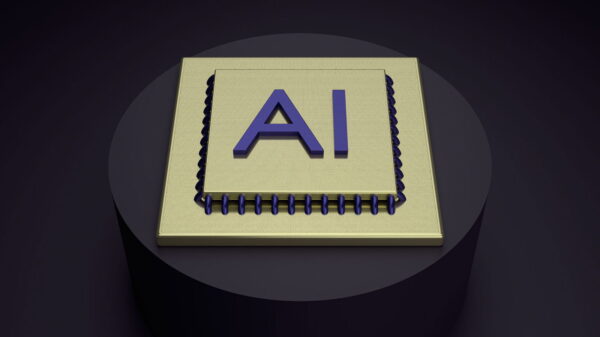In a remarkable showcase of technology, China’s 15th National Games have integrated cutting-edge robotics, providing a glimpse into the future of sports and event management. Held in Shenzhen, Guangdong Province, from November 8 to 15, 2025, this event marked a historic milestone as it was the first-ever cross-boundary Games in the Guangdong-Hong Kong-Macao Greater Bay Area.
One of the standout features of the Games was the use of humanoid robots, which assisted in the award ceremonies. These robots presented medals and sashes to athletes, captivating the audience and adding a futuristic flair to the traditional podium experience. Silver medalist Meng Fanlong, who participated in the men’s 92-kilogram boxing category, expressed his amazement: “I can’t put it into words. I was completely surprised. Maybe robots will have more functions than us in the future. I don’t know if I’ll ever surpass them.”
Beyond the award presentations, robots played a vital role in various athletic events. For instance, robotic dogs were deployed to transport javelins during the women’s javelin qualifying round, significantly easing manual work and enhancing safety. Additionally, machines patrolled event venues, inspected power systems, and even acted as torchbearers. In total, over 130 high-tech products, including artificial intelligence and next-generation information technologies, were utilized throughout the Games.
Robotics and Safety Innovations
Experts in the field see these developments as not just a showcase but a real-world testing ground for robotics and autonomous vehicles. Pan Helin, an expert with China’s Ministry of Industry and Information Technology, emphasized the importance of this event for advancing practical applications of technology. “Through the Games, we are able to thoroughly test our technology and greatly improve our team’s overall capabilities and collaboration,” stated Zhou Jiahao, chairman of a Shenzhen artificial intelligence company.
See also AI in Education: 3 Key Roles for Enhancing Student AI Fluency and Responsibility
AI in Education: 3 Key Roles for Enhancing Student AI Fluency and ResponsibilityThe integration of technology extended beyond the athletic performances to ensuring safety during events. Notably, the men’s road cycling race, which spanned the Hong Kong-Zhuhai-Macao Bridge, utilized innovative safety measures. Unmanned patrol boats equipped with radar and high-definition cameras conducted both fixed and mobile patrols on the waters of Lingdingyang, ensuring the race course was secure. “Traditional water patrols were often disrupted by harsh weather and tricky water conditions. Unmanned boats completely changed that,” remarked Li Xinyi, an officer of Zhuhai water police. “Patrols are more efficient, and officers face much less risk, helping prevent interference with the race course.”
Furthermore, to address weather-related challenges, a meteorological emergency vehicle acted as a mobile weather station, collecting real-time data on wind, temperature, and humidity. This innovative approach allowed for early warnings along the cycling route, further enhancing safety for participants.
Inclusive Technology and Future Implications
The Games also showcased advancements in inclusivity, with technology benefiting all participants, including spectators. Hearing-impaired attendees could easily connect with remote sign-language interpreters through a platform described by CEO Shi Chengchuan of a Guangzhou technology company as akin to “Uber connecting drivers and passengers.” This technological innovation ensured that everyone could enjoy the excitement of the Games, highlighting the importance of accessibility in modern sporting events.
Industry experts believe that the technologies demonstrated during the National Games will have a lasting impact on various sectors. “Our company has worked on major events such as the 2022 Beijing Winter Olympics, and each large-scale competition is a valuable opportunity to advance the industry,” noted Li Ji, head of a sports technology company in Shenzhen. The advancements in LED display solutions and broader integration of sports lighting and digital content are predicted to define the future landscape of sporting events.
As AI and robotics continue to evolve, the implications of these technologies extend far beyond the realm of sports. The developments witnessed at the National Games may serve as crucial references for manufacturers, guiding digital and intelligent upgrades that support industrial growth throughout the Greater Bay Area.






































































